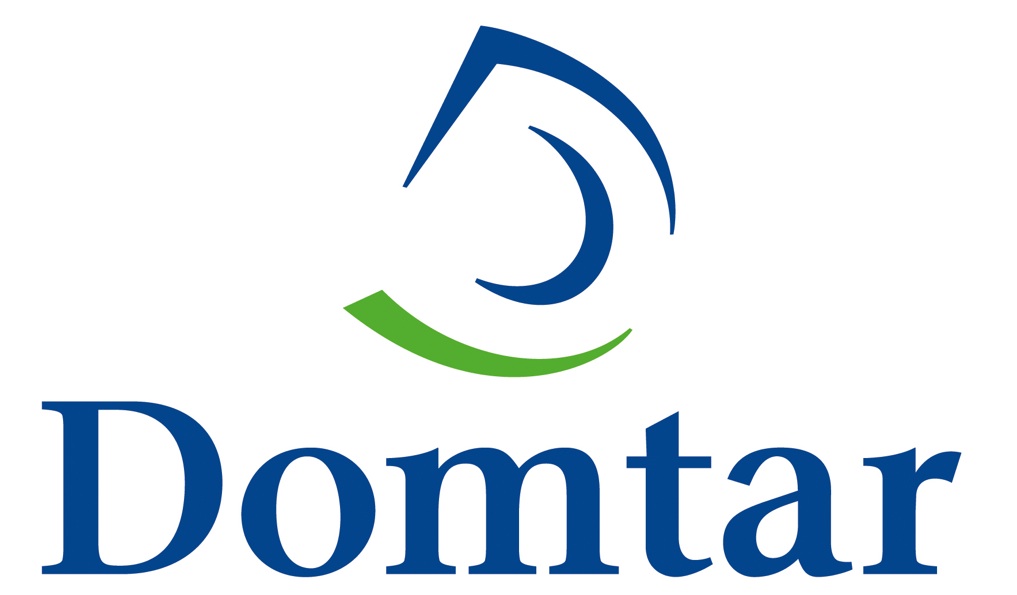Want People to Read Your Sustainability Report? Add a Personal Touch
Highlights from Domtar's 2015 Sustainability Report

This content originally appeared on Sustainable Brands.
Corporate responsibility report season is upon us, and with that, we are constantly being inundated with important data — reductions in carbon emissions, savings in waste and changes in energy use. This increase in sustainability reporting is a sign that we’re all moving towards a more sustainable future, but how can you make sure that the information you’re reporting on is relatable — that it’s truly resonating? How can you ensure that your customers and consumers feel connected to your sustainability report?
At Domtar, North America’s largest uncoated freesheet paper manufacturer, we know firsthand the importance of investing in our local communities and ensuring that each one of our employees, customers and suppliers play a part in producing sustainable paper. Our 2015 Sustainability Report, just released in early August, highlights many of the personal stories that contribute to our company’s position as a leader in sustainability — beyond just the forest products industry. More than merely anecdotes, these are the stories of real people who bring our vision at Domtar to life.
As we put together our own sustainability report, here are principles that guided us in its development:
- Make it relatable. Historically, sustainability reports have often included a lot of industry-speak, making it difficult for everyday consumers to understand all of the important things that we’re actually doing to improve the environment. As such, storytelling has become increasingly important in sustainability communications.
Rather than simply reporting on data and statistics, Domtar has made an effort to detail our success through stories — or connections, as we call them. By telling a story, readers are much better able to relate to the information at hand, and are more likely to keep the information in mind for the future.
- Keep it local. Often, it can be difficult to understand how one individual contribution can impact a large corporation’s global footprint. In order to make this more accessible, it’s best to break things down to a local level — country by country, state by state, neighborhood by neighborhood.
Domtar recently launched its Paper Made Here program, which highlights the economic, environmental and social benefits of purchasing North American-made paper. As part of this, we highlighted one employee’s inspiring personal story — out of our nearly 10,000 employees — from our Marlboro Mill in Bennettsville, South Carolina. Our facilities, like the Marlboro Mill, provide countless jobs for their local communities. In fact, for every 100 mill jobs at Domtar, 325 additional jobs are created outside of the mill. Adding color to your report with local facts and figures helps make the data more impactful and actionable for your readers.
- Add the human touch. Beyond the cold, hard data, what makes a great sustainability report is getting to know the people and faces behind the company. These are the people working day in and day out on innovative processes and procedures that contribute to our company’s performance. For this reason, Domtar is proud to highlight the work of our EarthChoice Ambassadors — employees that volunteer to go that extra step to promote sustainability among customers, colleagues and communities.
In 2014, we expanded this program to 15 facilities, up from six in 2012. Overall, our employees volunteered 1,000 hours on related projects in their respective communities. It is our goal to establish EarthChoice Ambassador teams across all of our facilities by 2020, engaging more and more of our employees in our commitment to sustainability.
As sustainability reporting continues to become an integral part of the business landscape, we must push ourselves to become better storytellers for these reports to have a further reach and a lasting impact.

